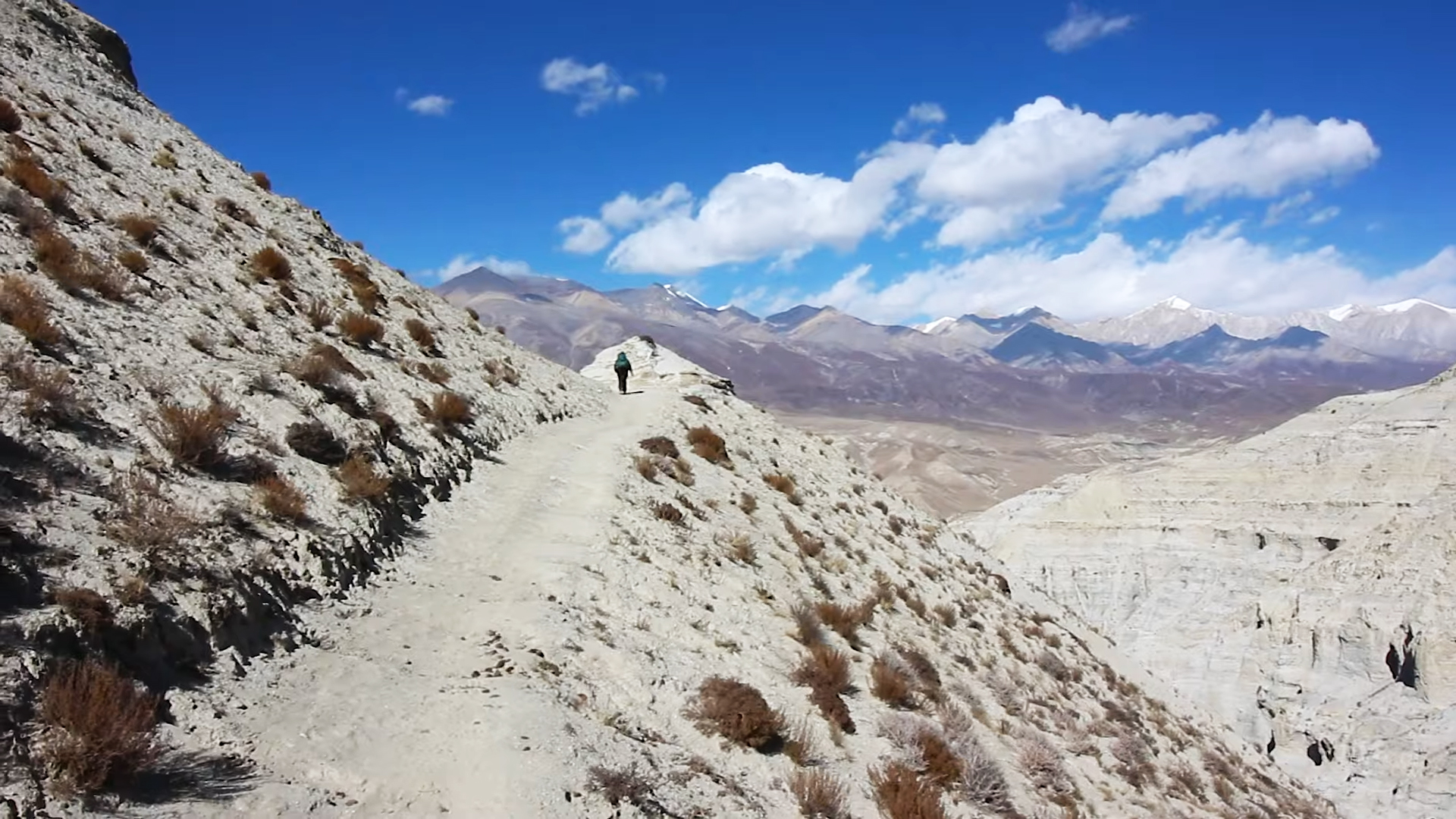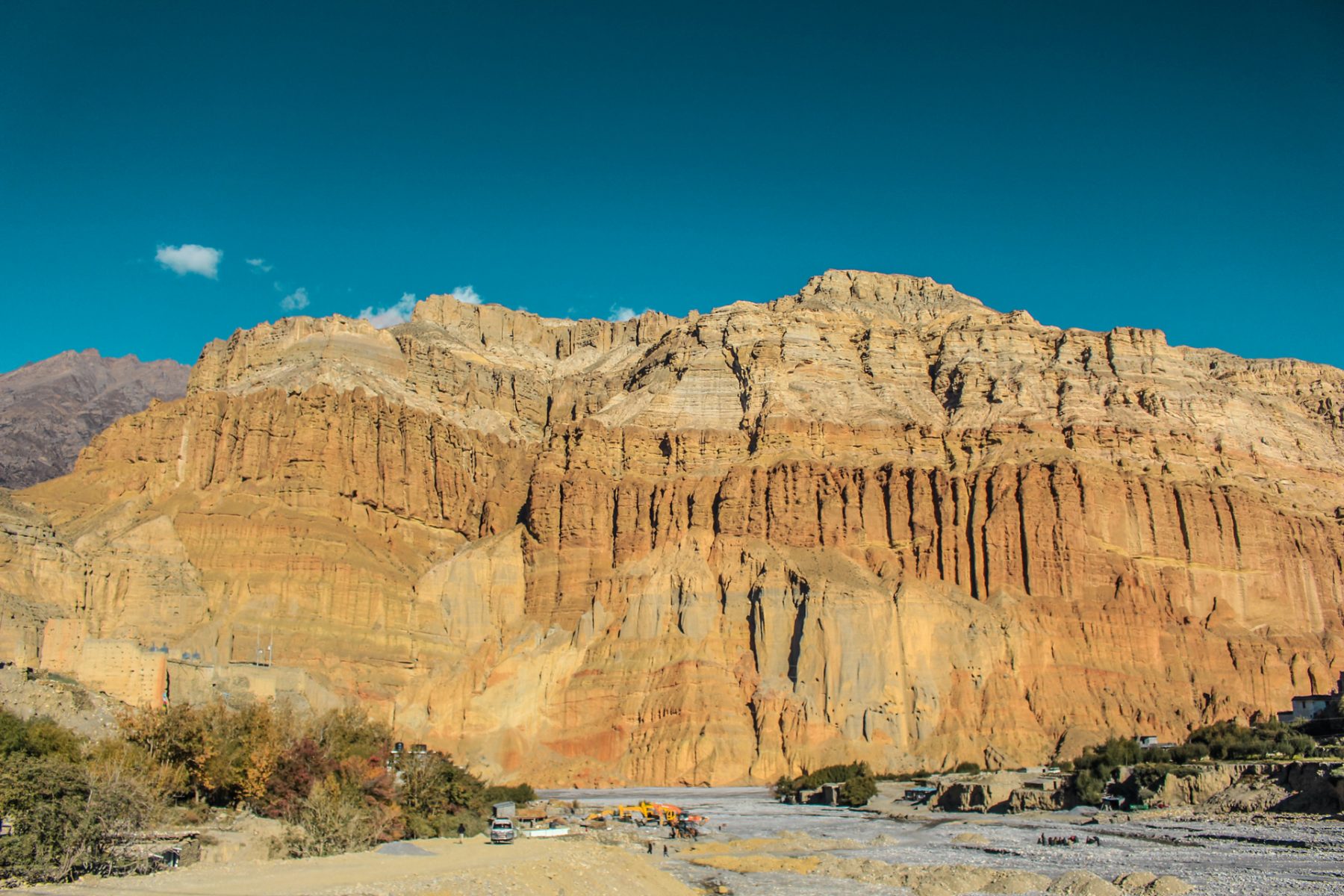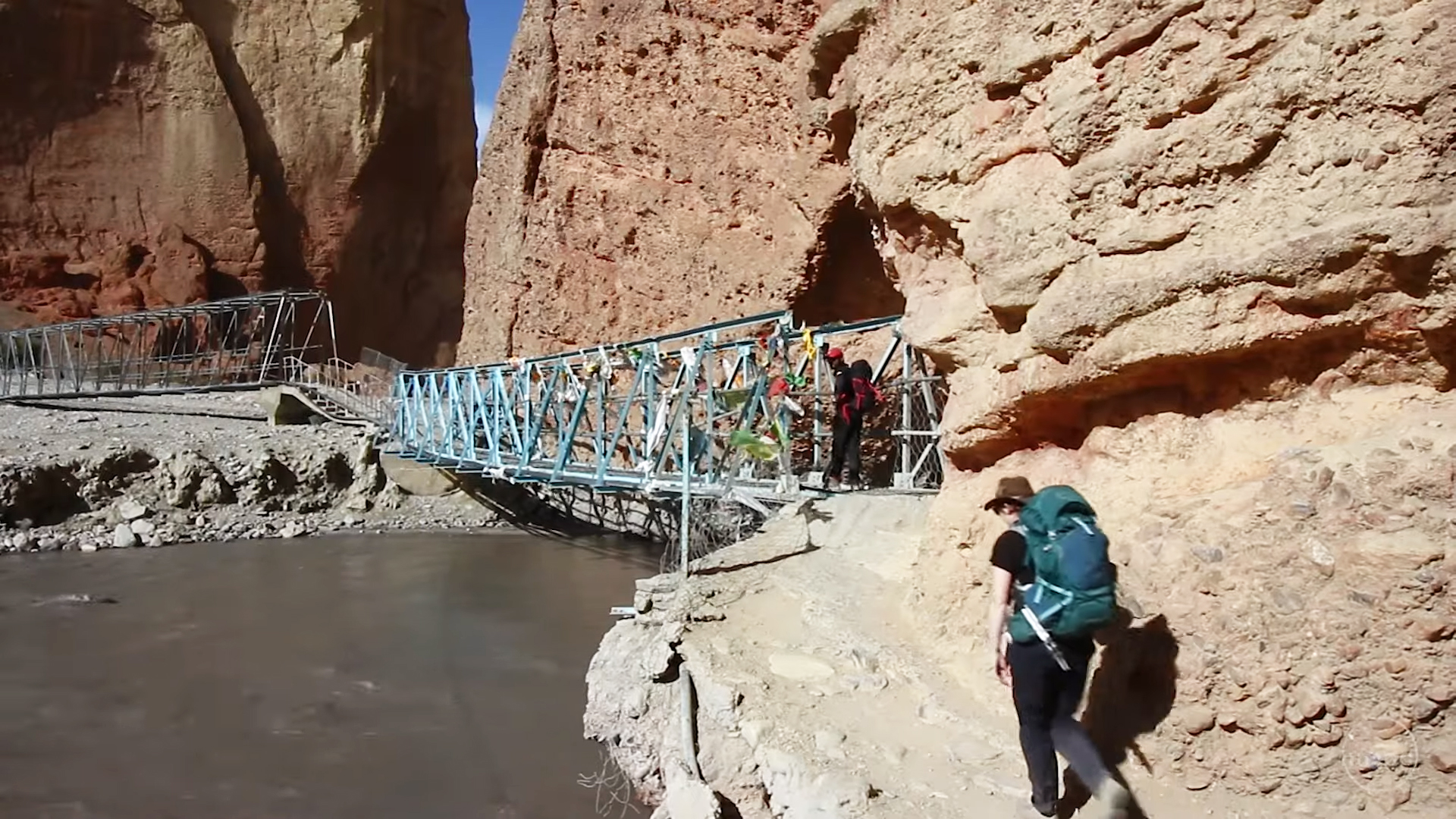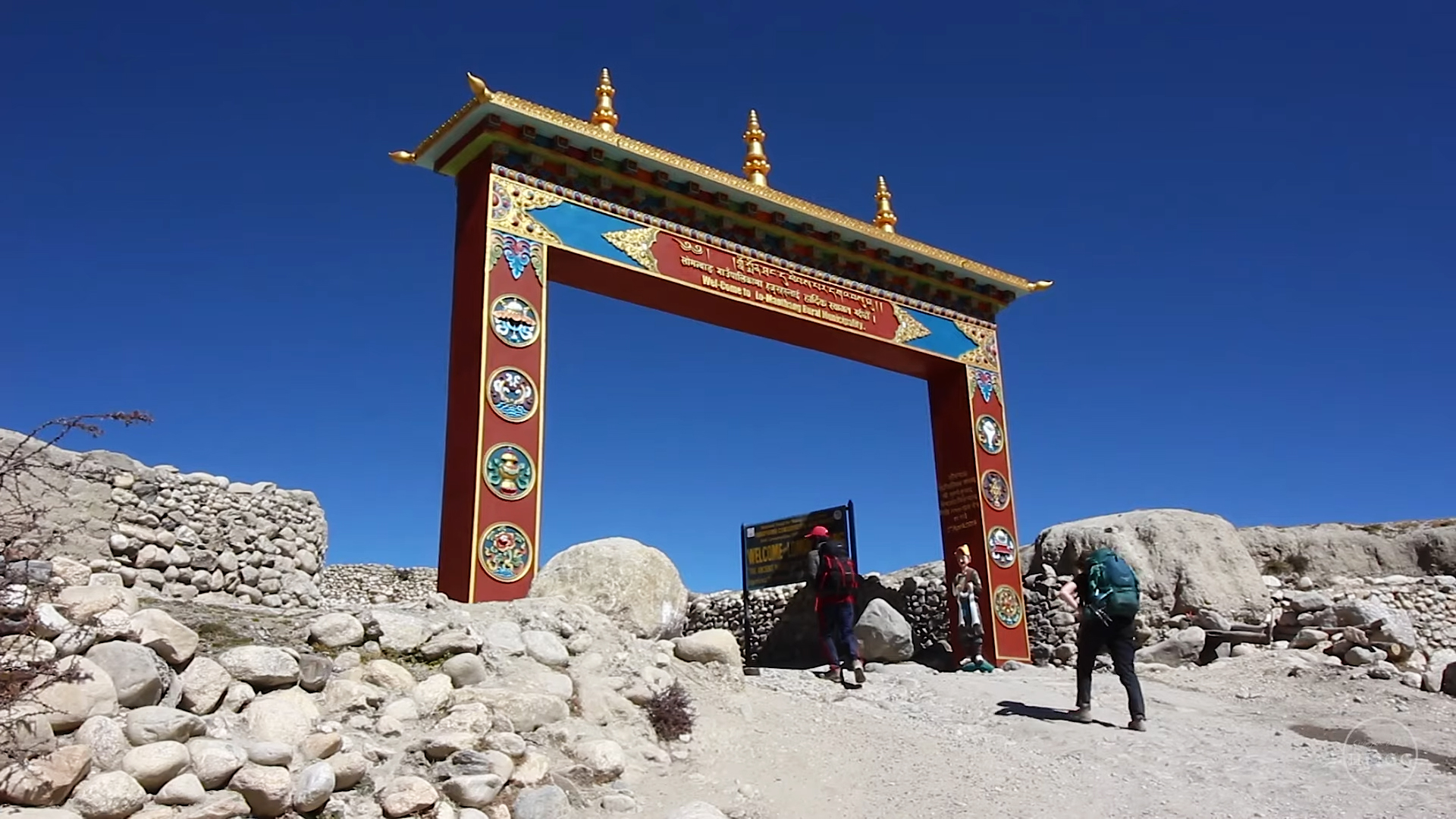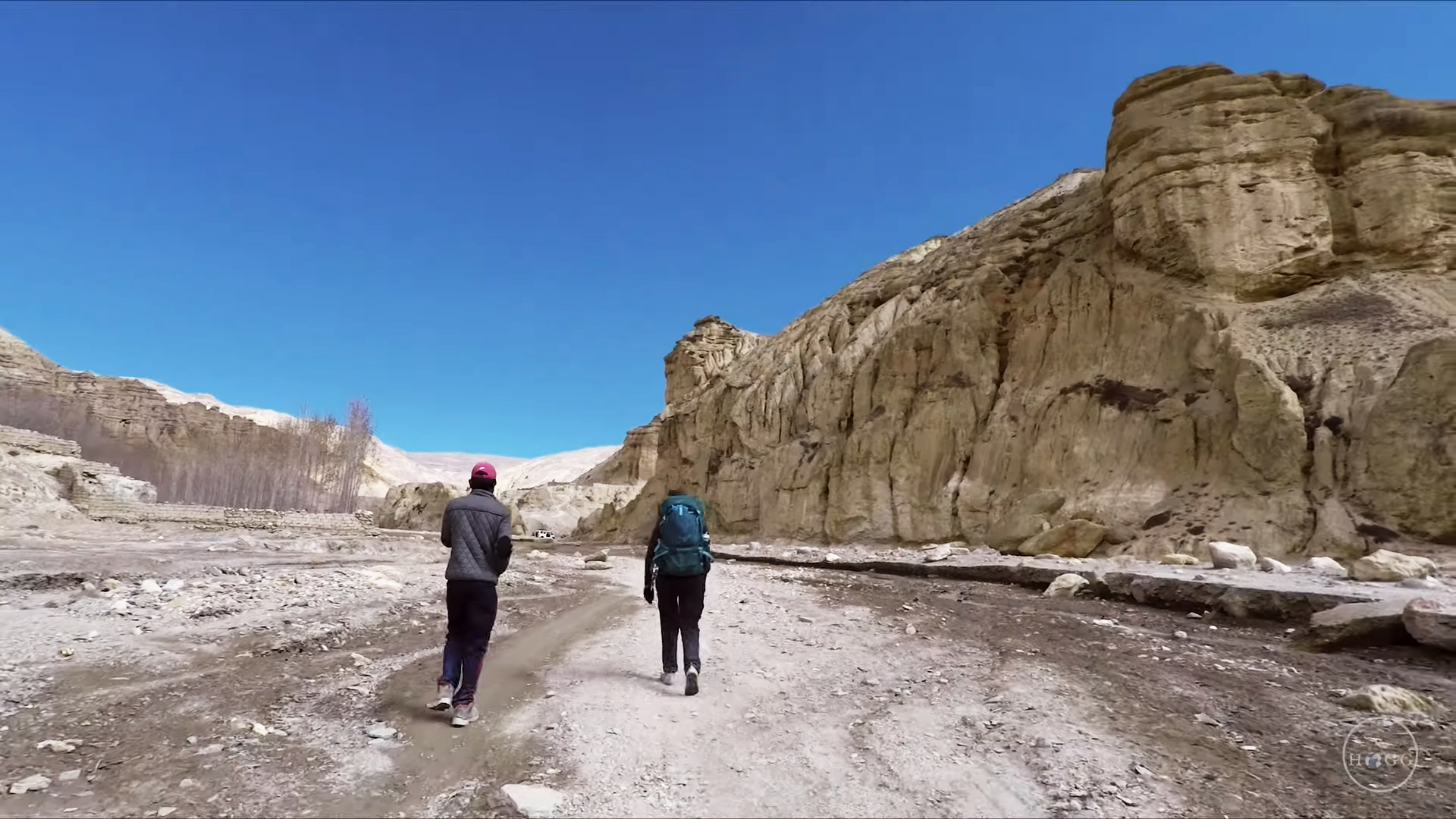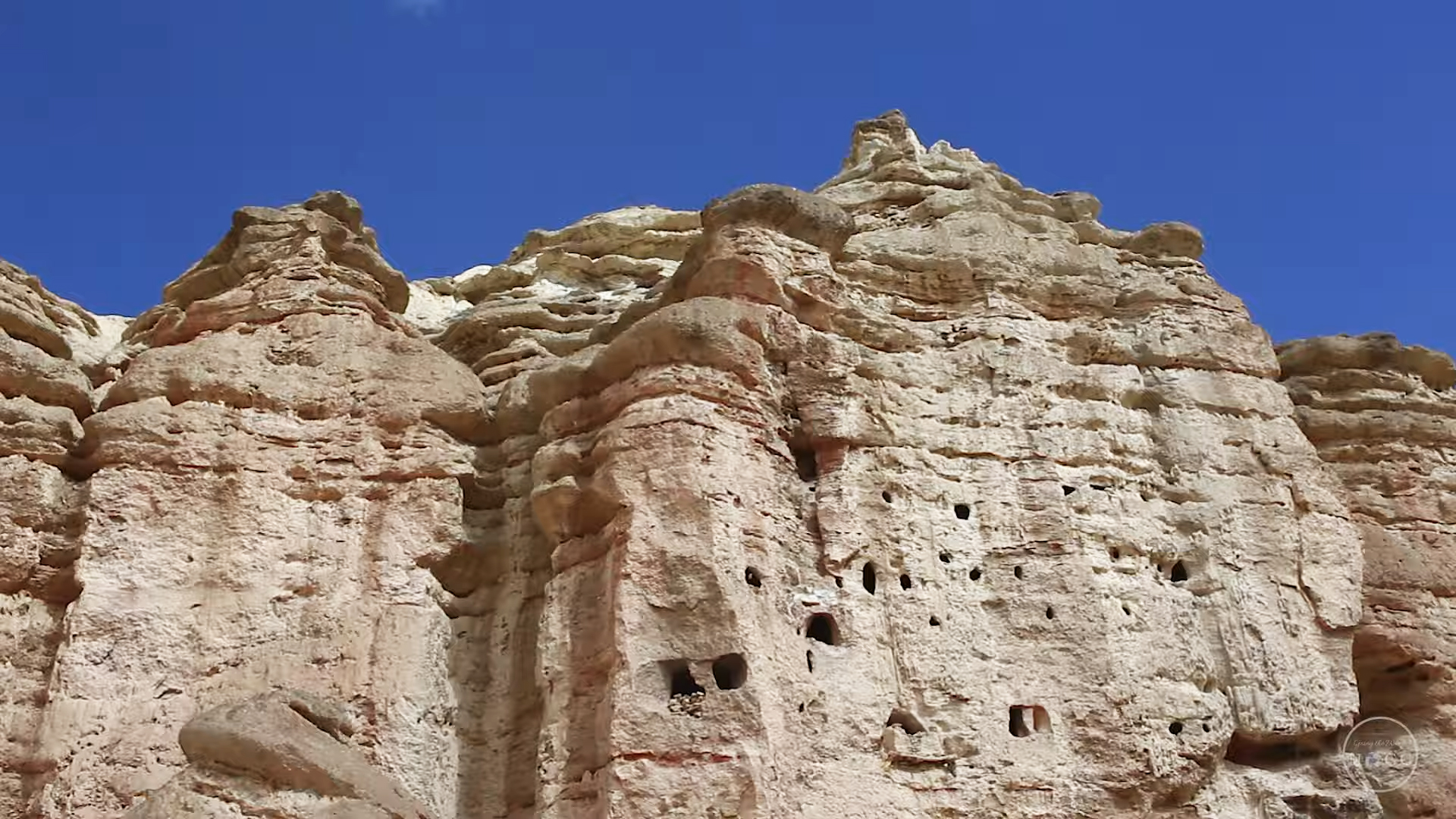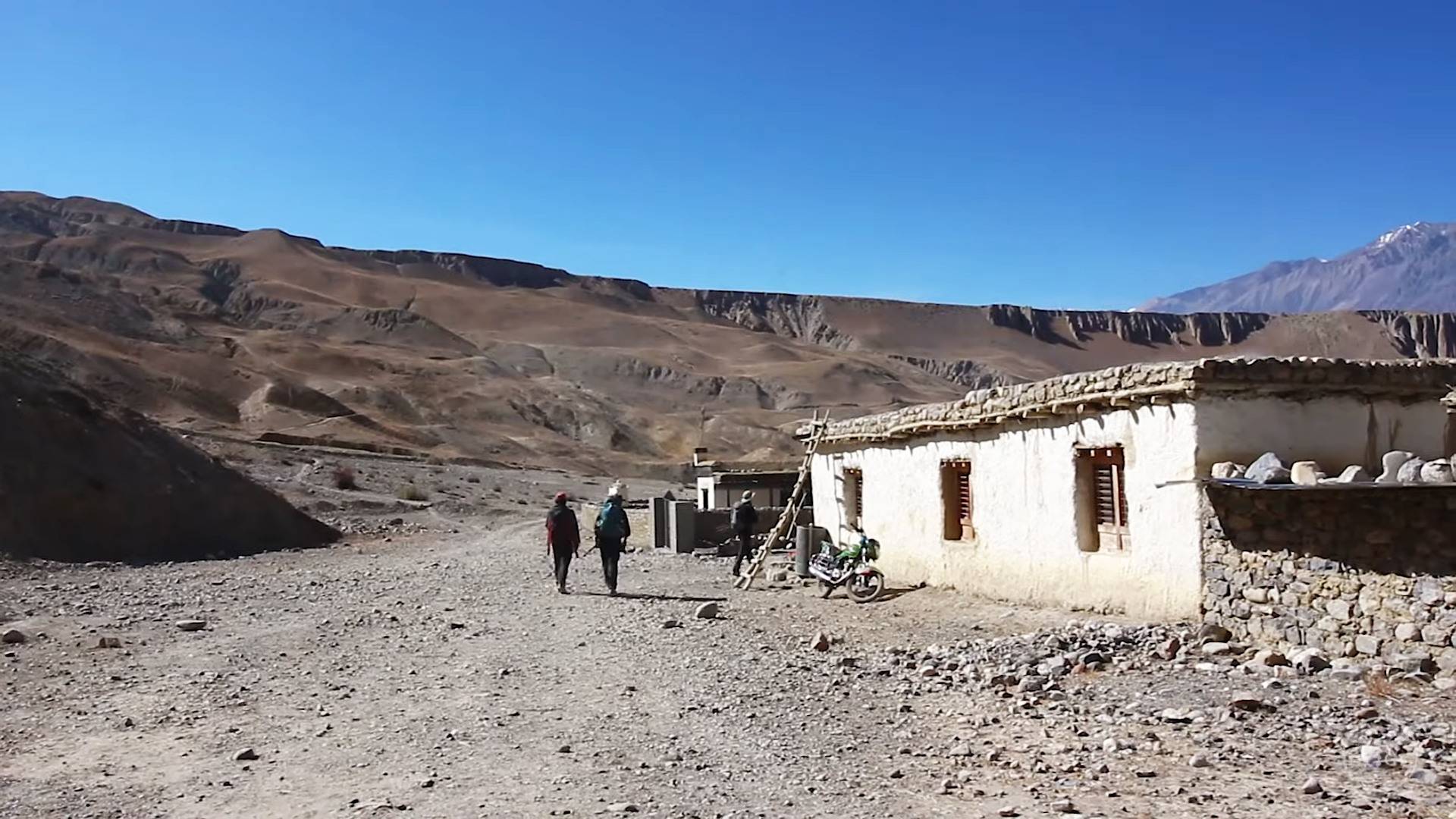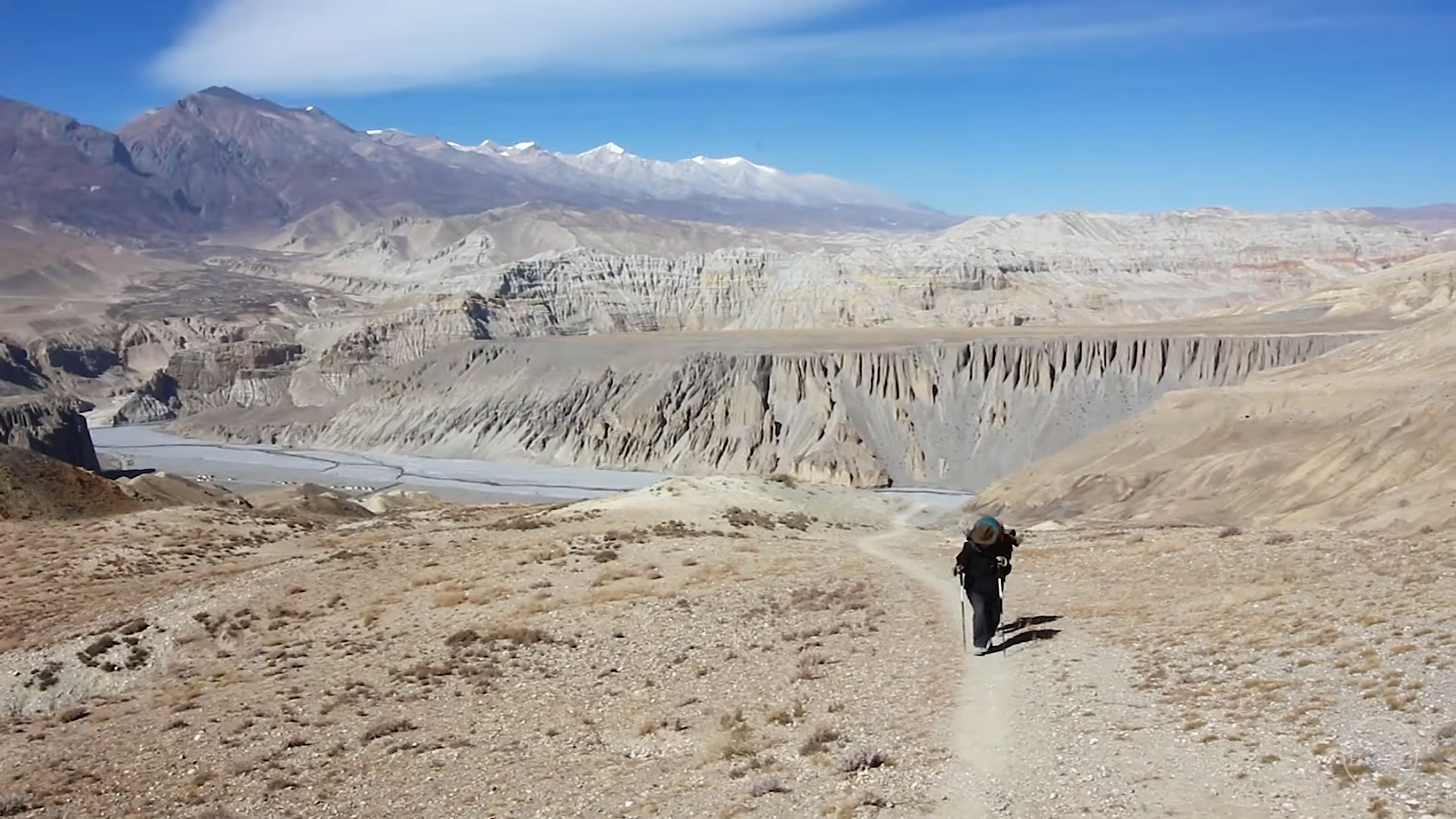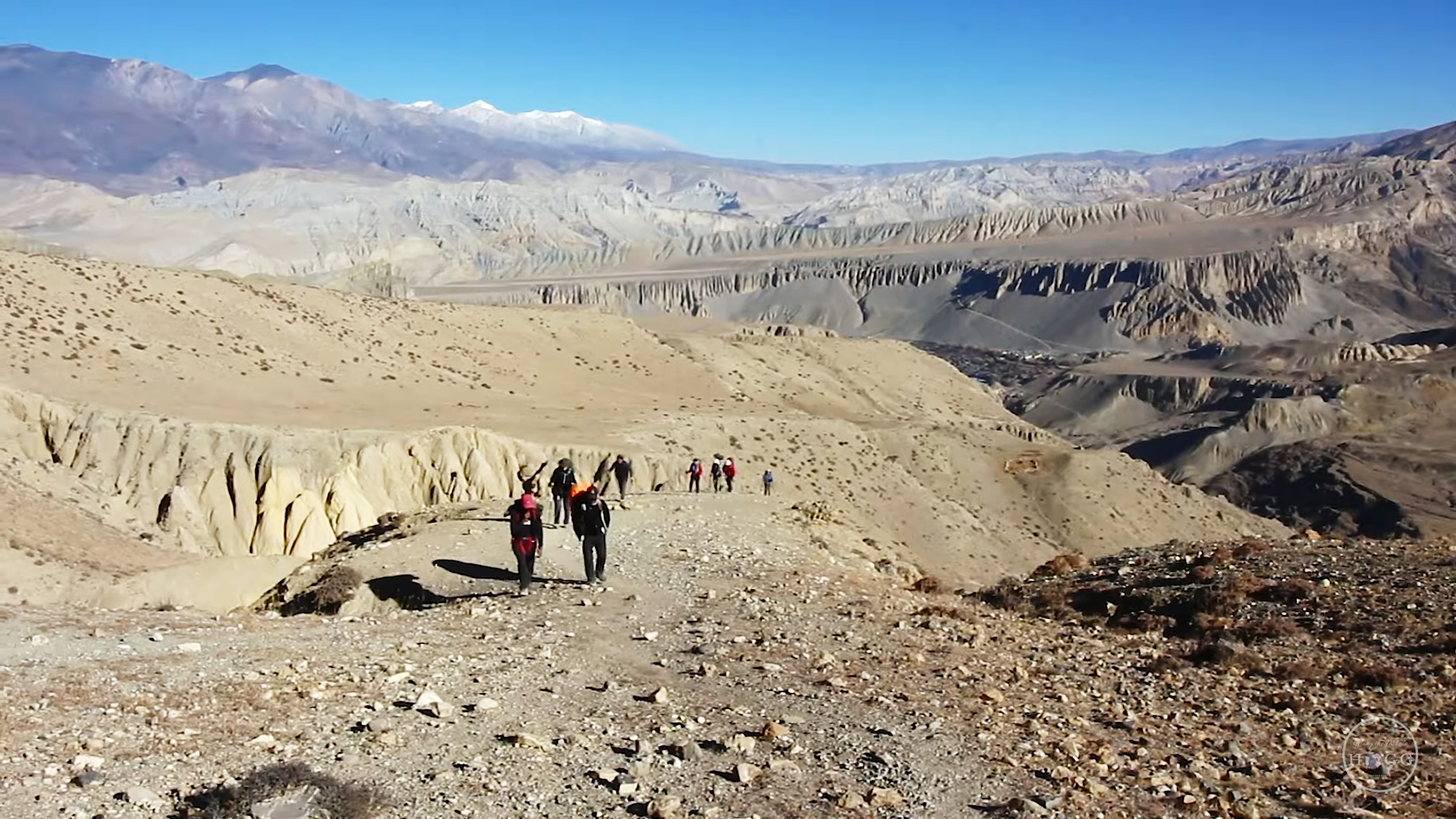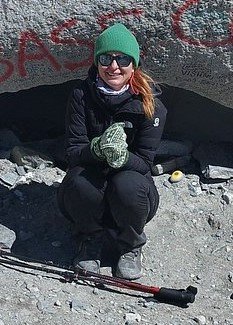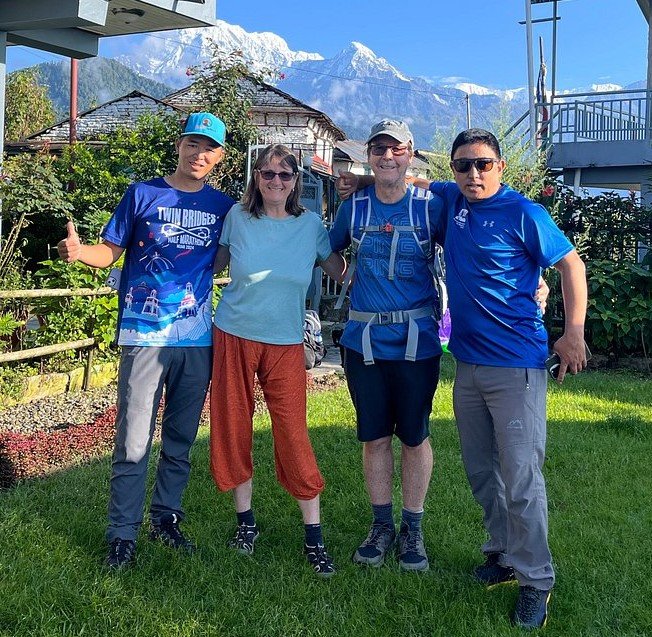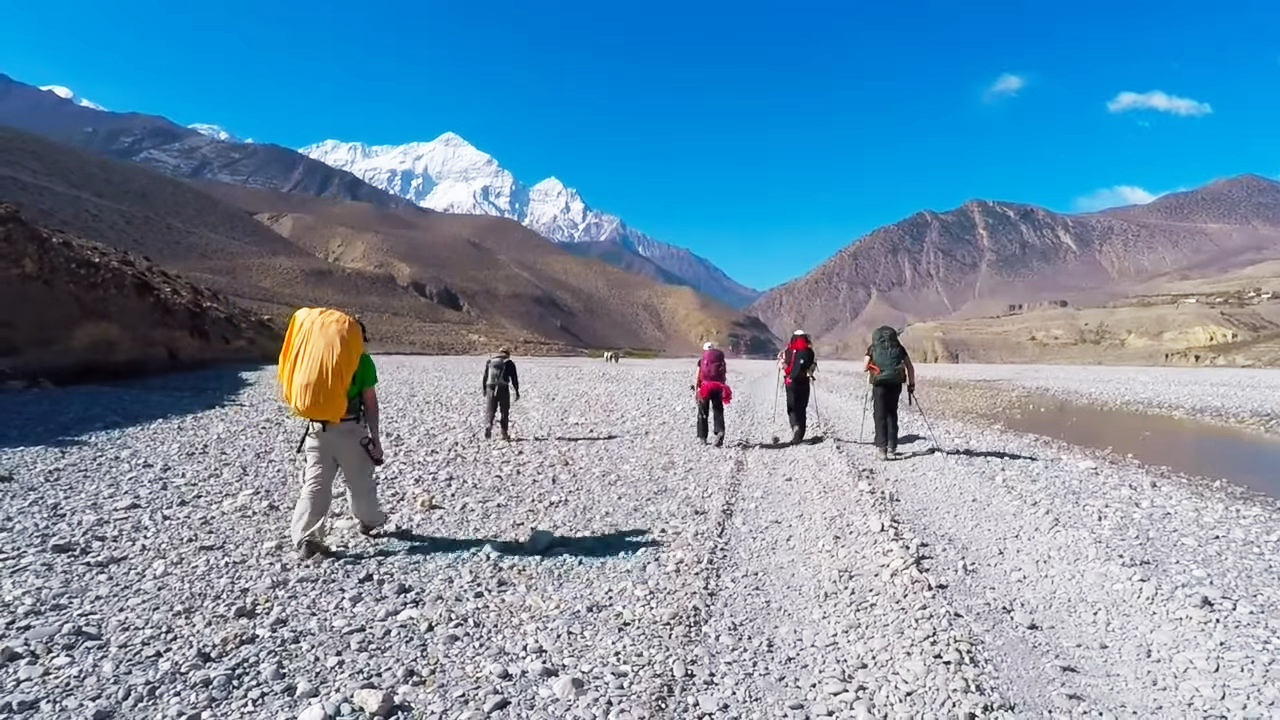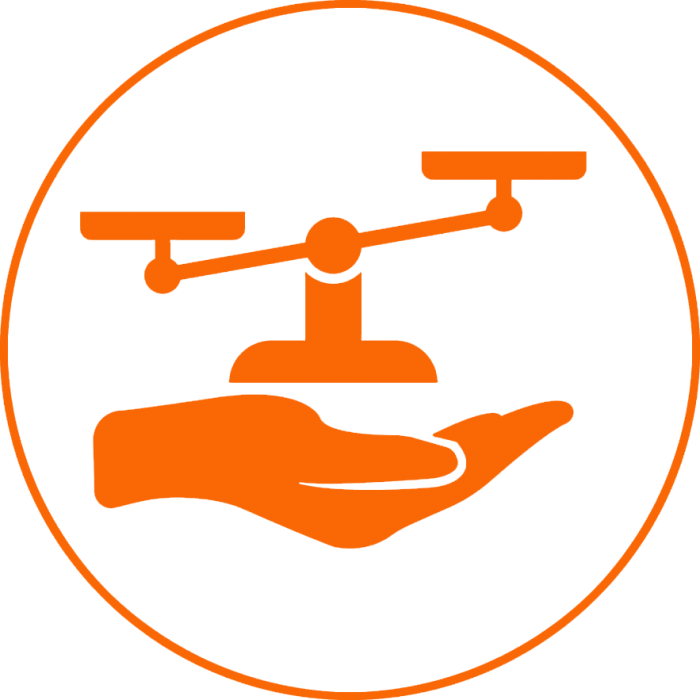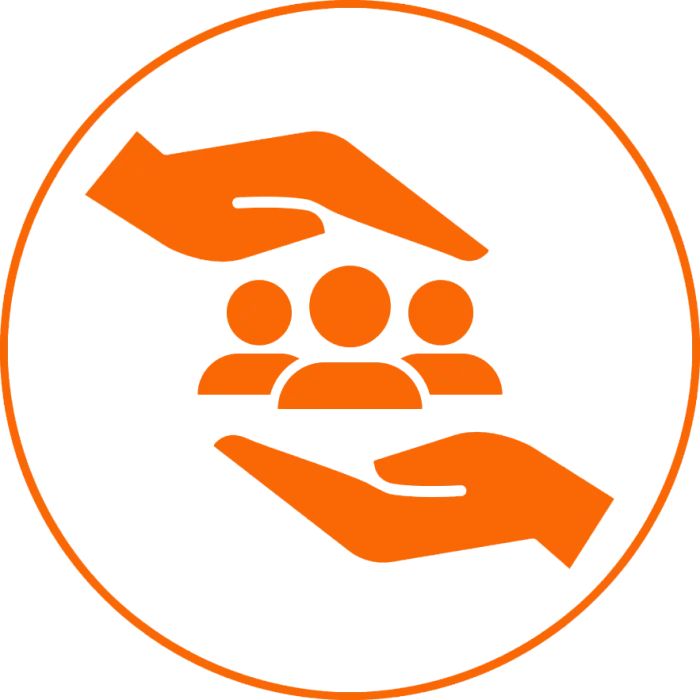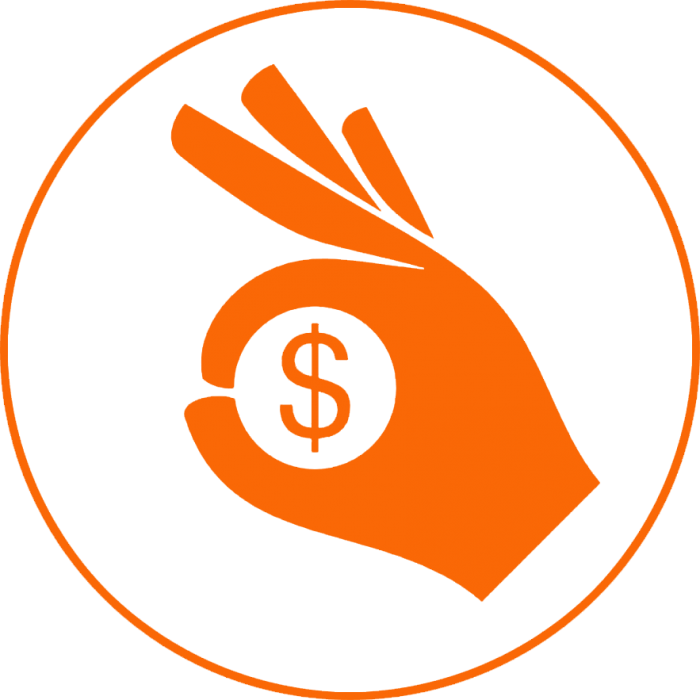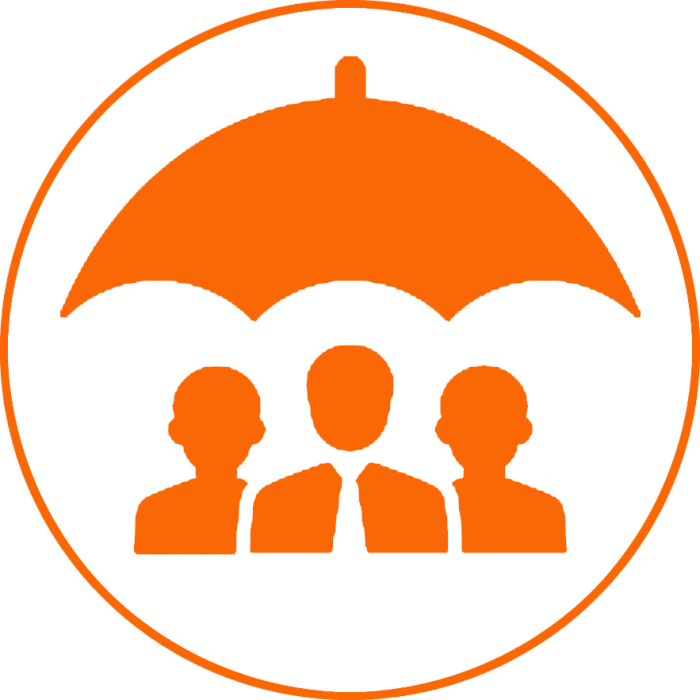Trip Overview
Introduction to Upper Mustang Trek
The Upper Mustang Trek is a journey to mysterious places that feels like a treasure hunt for you. Begin your journey to a faraway place away from modernization. You will experience a life that is very similar to the civilization of that earlier time. For centuries, practices, lifestyles, and customs have been prevalent in Nepal’s Mustang region. If you love adventure and want to see the centuries-old lifestyle now, then the Upper Mustang trek is perfect.
The land of the Mustang is dry and barren because it receives very little rainfall. In a dry place like the desert, there is no vegetation except for some plants. Trekkers can also visit the upper Mustang during the rainy season, as it is in the rain shadow area. If you choose the Upper Mustang Trek as your trip, then you are a true adventure traveler who wants to give a new taste to your travel stories.
It is a rare privilege to travel to the Upper Mustang. Here, you will experience the lifestyle of the true mountain people who, for centuries, had little contact with the rest of Nepal and maintained their rich cultural heritage.
You may visit: Nepal Adventure Tour in 14 days, Tour, Package, Cost, Itinerary
Richness in Cultural Heritage
As you follow your trail, you will find gompas, prayer flags, and monasteries that are evidence of the Tibetan Buddhist culture prevailing in this area. The locals living in this area follow Buddhism and consider themselves the descendants of Tibetans. In the Upper Mustang Trek, you will visit beautiful Himalayan scenery, a Nepal rain shadow area, a beautiful Mustang landscape, a Tibetan monastery/gompa, and a Mustang king’s palace.
Upper Mustang Trek offers you a beautiful Himalayan view of the Annapurna Trekking Trail and the Kali Gandaki Valley, with two mountains over 8,000 meters high (Mount Dhaulagiri, 8,167m, and Annapurna, 8,091m) and 17 other snow-capped mountains.
Upper Mustang is a controlled area that opened in 1991 for trekkers and travelers. Since this area is restricted, special trekking permits should be obtained for trekking in the Upper Mustang through the Nepal Trekking Agency, registered by the Government of Nepal. To get a special permit, you need to pay USD 500 per person to the Government of Nepal. A minimum of two people is required for this trek. This special permit is for 10 days. If you want to trek for more than 10 days, then you have to pay USD 50 per day.
You may like to visit: Nepal Pilgrimage Tour in just 10 Days, Itinerary, Kathmandu, Cost
Trip Itinerary
Drive Kathmandu to Pokhara – 7 to 8 hours.
Fly Pokhara to Jomsom (20 minutes) and trek to Kagbeni (2,810m) – 3 to 4 hours walk.
Kagbeni to Chele (3,562m) – 6 to 7 hours walk.
Chele to Syanbochen (3,800m) – 6 to 7 hours walk.
Syanbochen to Ghami (3,520m) - 6 to 7 hours walk.
Ghami to Lo Tsarang (3,960m) – 5 to 6 hours walk.
Tsarang to Lo-Manthang (3,810m) - 4 to 5 hours walk.
Explore Eastern valley at Lo-Manthang
DAY TRIP TO NYAMDO AT LO MANTHANG.
Lo-Manthang to Dhi (3,400m) – 6 to 7 hours walk.
Dhi to Tangyee (3,340m) – 6 to 7 hours walk.
Tange to Tentang (3,040m) – 7 to 8hours walk.
Tentang to Muktinath (3,800m) – 6 to 7 hours walk.
Muktinath to Jomsom (2,720m) – 5 to 6 hours walk.
Fly Jomsom to Pokhara (20 minutes).
Fly Pokhara to Kathmandu (30 minutes).
Why not list the price?
Each client's needs may be different. The price of the trip varies according to the size of your group and the service you want. The cost of the trip is calculated according to the type of service and accommodation chosen by our customers.
Each trip is customized to fit the client's needs and group size, so the price of each organized trip is different. Please let us know the service you want and the size of the group. We create trips to suit your taste and travel budget per your requirements. Hope you find our price calculation reasonable according to your needs and preferences.
Frequently asked questions about this trip
How difficult is the trek?
The difficulty depends on where and how long you want to trek. The short trek is easy while the long trek requires some physical fitness.
What is altitude sickness?
Altitude sickness is normally known as acute mountain sickness. This can happen when people rapidly climb up to an altitude of more than 3000 meters. We ensure minimal risk by adding rest to our trekking itineraries. Most people will feel some effects of altitude, some shortness of breath and possibly light headache, this is normal enough. Acute mountain sickness patients are quite different and usually have a serious headache, sickness, and lose awareness. In almost all possible cases there are sufficient warning signs to take action properly. Descending to a lower altitude is usually enough to prevent any further problems.
What type of accommodation is available during the trekking?
There are mainly tea houses and lodges available for trekking and they are usually made using local materials and are very comfortable. These accommodations are often family-run and usually provide single and double rooms. The dining room is on the ground floor and is often on fire. All food will be cooked in order in the family kitchen. Toilet facilities are sometimes separate and sometimes outside. Most lodges provide mattresses and blankets. It's a good idea to always have a sleeping bag, which can be useful, and perhaps an inflatable pillow.
How long do we walk every day on trekking?
Trekking programs are classified into three different categories: soft, moderate and hard. Soft treks are only about 7 days to 10 days in duration. They generally do not go above 4000 meters; you can expect to walk about 4-5 hours each day. Moderate treks are challenging enough and long treks that go to the high hill country. Physically exhausting, this involves trekking along the cliffs of the mountains for about 6-8 hours. Harder treks are longer treks that go farther away from the general abode of trekkers and tourists. These physically challenging treks involve walking for 7- 9 hours each day.
How much weight do I need to carry on the trek?
You carry some of your personal belongings, such as warm clothing, water, snacks, sun block, cameras and more. Generally, these items will be lightweight, from 5 to 10kg (10 to 20 pounds). Our porters are available for other heavy goods and for your information one porter would be sharing by two people. The maximum weight carried by one porter is total 20 kg. this means 10 kg. per person is allowed for the trek. In case if you wish to carry more than this weight then you need to hire additional porters.
What is the best time for trekking in Nepal?
October and November are considered as the best times for trekking in Nepal due to dry season. December and January are also considered good times for trekking but it is extremely cold at high altitudes.
Google Reviews
Guest reviews
We made it to Everest Base Camp on the 3rd of November!!! Myself and Dami Sherpa, who was the best company and always extremely helpful. Amazing hike and great experience! Fully recommended!

